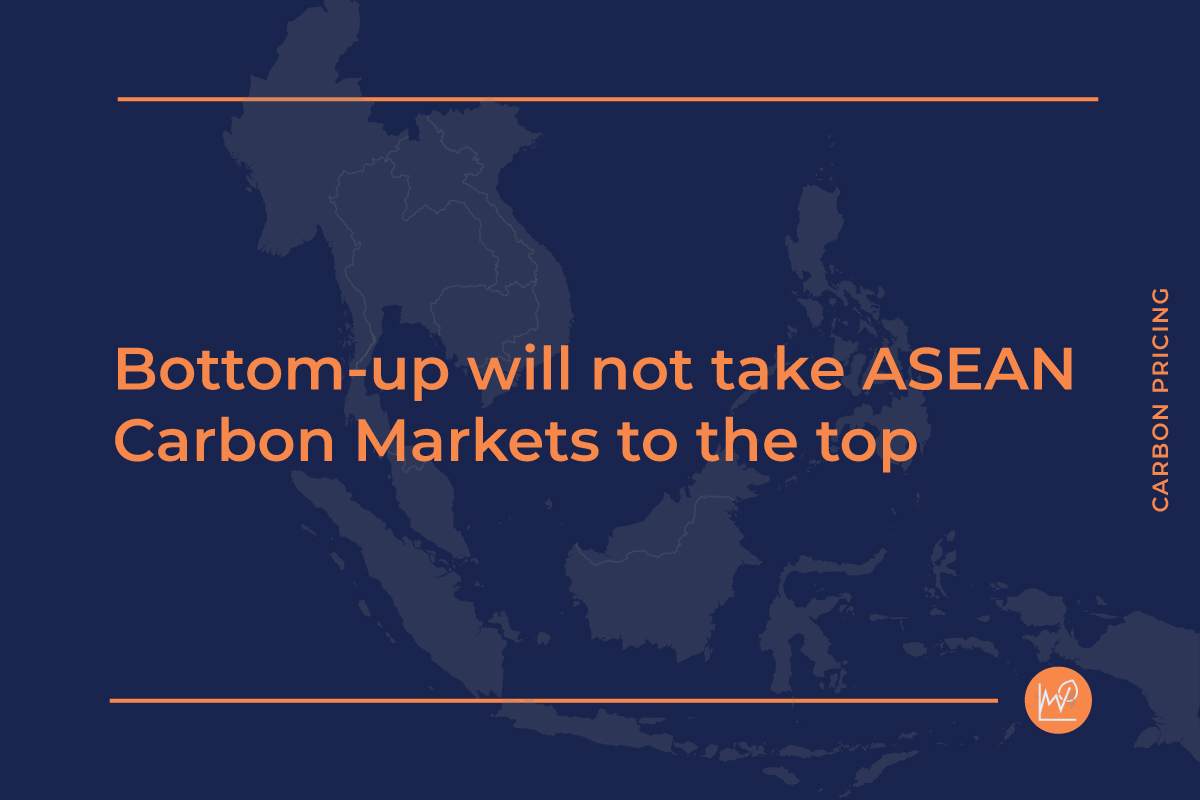Listen to article
A number of international initiatives are developing greenhouse gas (GHG) accounting methodologies to support the coal-to-renewable shift. These include the Coal-to-Clean Credit Initiative (CCCI) led by the Rockefeller Foundation and the Global Energy Alliance for People and Planet (GEAPP), and the Transition Credits Coalition (TRACTION). Other programs, such as the Energy Transition Accelerator (ETA) and the World Bank’s SCALE initiative, could also integrate the use of carbon finance to accelerate coal retirements in their sectoral approaches.
Purpose of carbon finance in CFPP retirement
Methodological developments
Key challenges and considerations
Risk of reversal
All methodologies seek to prevent the risk of reversal—where retired CFPPs resume operation. This includes:
- Prohibiting mothballing or fossil-fuel repurposing of retired plants.
- Mandating the disposal of key equipment to prevent reuse (except under ADB’s approach, which treats reinstalled equipment as leakage).
- IDB’s methodology, which uniquely allows for standby status.
These provisions, while essential for ensuring environmental integrity, can raise concerns around energy security—especially in countries where electricity demand may outpace renewable deployment.
Permanence
Leakage
Leakage refers to unintended increases in emissions that may occur outside project boundaries due to the project’s activities. In the case of early CFPP retirement, leakage can occur if:
- The transition from coal to renewable energy sources causes a capacity supply-demand gap that leads to the use of energy generated by other fossil fuel sources or less efficient power plants connected to the grid.
- Coal that is no longer used by CFPPs is redirected to other uses or regions that still operate coal plants, thereby undermining the benefits of the early retirement.
Gold Standard is the only draft methodology that considers leakage due to the diversion of coal to other uses. It is crucial to highlight the environmental integrity risk posed by leakage when coal, no longer used by a CFPP, is redirected to other markets. In a hypothetical scenario of declining global coal demand, retiring a CFPP would result in the coal remaining unextracted, contributing to the gradual phase-out of coal from the global energy mix. However, global coal demand has risen in recent years, driven by various geopolitical factors, making a coal-free electricity sector a distant prospect. In this context, there is a risk that carbon finance used to retire a CFPP could lead to the coal being utilized in other plants, even less efficient plants, ultimately increasing global emissions.
The risk is further amplified if the CFPP is part of an economic group with interests in the coal supply chain—such as mining—or is owned by a state-owned enterprise (SoE) in a coal-exporting country, both common scenarios in Southeast Asia. In such cases, the same economic group or the government through the SoE could benefit financially from the diverted coal through higher export prices compared to domestic use, export taxes, or continued mining profits, while global emissions still rise.
Project-based methodologies
Most project-based methodologies currently exclude off-grid and captive CFPPs—significant in countries like China, India, and Indonesia.
The methodologies vary in how they address replacement generation:
- Verra and IDB offer flexibility and do not require 100% renewable substitution.
- Gold Standard and ACI require full replacement with renewable energy, which may limit feasibility.
Additionality—ensuring the project would not happen without carbon finance—is assessed through financial, regulatory, and technical barriers, and informs the baseline retirement date for each plant.
Sectoral approaches
Sectoral methodologies, such as the one under development by the Energy Transition Accelerator (ETA), focus on emissions reductions across the entire energy sector rather than individual CFPPs. This broader approach allows inclusion of off-grid and captive coal, and combines early retirements with measures like renewable energy acceleration, grid modernization, and energy efficiency. However, sectoral approaches require strong national policies to ensure carbon revenues are directed toward a just and effective energy transition.
Social and environmental impacts
Most methodologies emphasize the importance of addressing social impacts to support a fair transition. Gold Standard, Verra, and ACI include requirements such as:
- Just transition plans.
- Human rights, gender, and labor safeguards.
- Allocation of carbon revenue toward social programs.
- Environmental remediation, such as coal ash cleanup.
Conclusion
Transition credits represent a promising tool to finance the early retirement of CFPPs and support renewable energy deployment. While the methodologies are still evolving, progress to date shows significant potential.
For transition credits to be credible and effective, they must address:
- Reversal and leakage risks.
- Additionality and baseline integrity.
- Social and environmental safeguards.
- Broader energy system dynamics.




